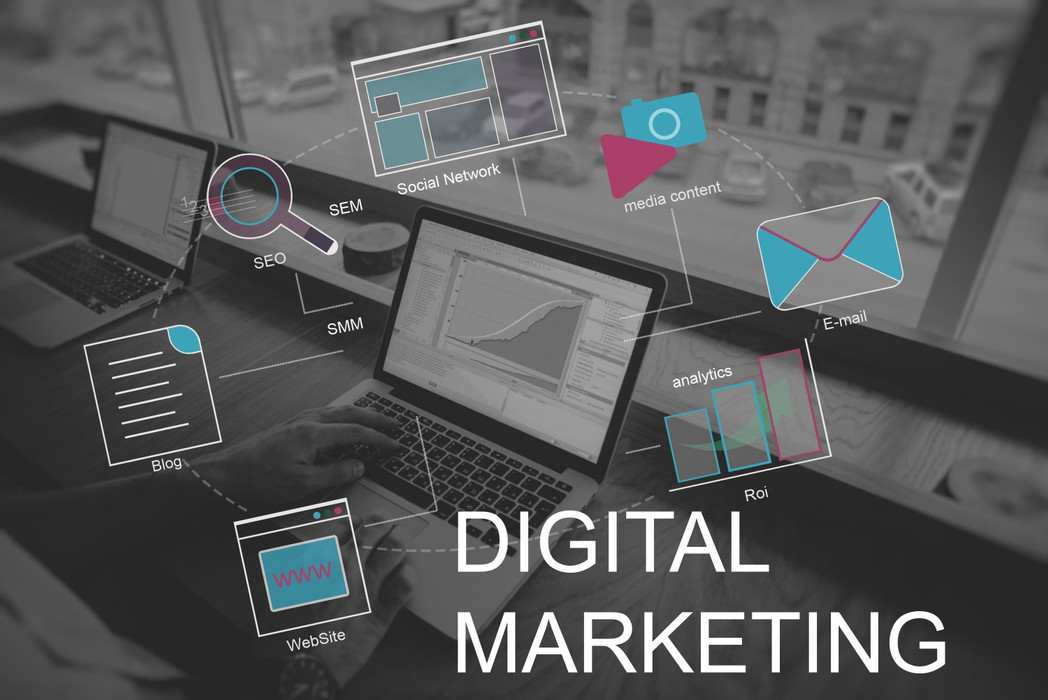Top-performing marketers in North America are 1.6 times more likely than those in poorly performing companies to prioritize integration of marketing and advertising technologies.
So why do marketing leaders think data integration is so vital to growth? There are at least three reasons.
- Building a deeper understanding of the customer journey
Integrating disparate data sources into a single hub means multiple strands of customer data can be cross-referenced to give a deeper understanding of the customer journey.

Here’s a great example. After auditing its technology infrastructure to determine which pieces of an integrated platform were missing or unaligned, telecommunications provider Sprint consolidated its owned customer data in an open-source environment. Then it invested substantially to better connect the data to its technology stack, and even combined its analytics and advertising teams under a Chief Digital Officer. This meant the company could better predict customer preferences and identify behavior that indicates potential churn. The result? By figuring out the features customers are most interested in and segmenting accordingly, they’ve increased conversion rates in new customer acquisition by up to 30%.
- Connecting with customers wherever they are in the moment
Integrating information from multiple sources into persistent customer profiles, and tying data sets back to real people, means brands can recognize their customers wherever they are—as they switch between an email on a laptop, to an app on a smartphone, to finally purchase in an online store, for example.
Offline customer attribute data, such as purchase history, product preferences, demographics, loyalty status, birthday and even records of call center inquiries, can be extremely valuable to online marketers—but historically has often been unavailable to them. To integrate offline data with a customer’s live online behaviors, and reach her at every touch point in her value journey, marketers need to create a profile around a universal, cross-channel identity that persists beyond a single campaign or cookie lifespan. This kind of integrated customer profile gets deeper over time, growing and evolving with each interaction, regardless of channel, offline or online.
It means marketers can use every piece of historical and current knowledge about a consumer to keep the conversation relevant, current and focused. They can deliver consistent, engaging experiences based on real-time behaviors, across all devices, platforms and real-world outlets—and reduce wasted media spend on pointless retargeting.
(In fact, today’s consumers expect their experiences to be personalized based on their behaviors. According to one report, nearly 80% of shoppers say they will only engage with an offer if it’s related to how they previously interacted with the brand.)
- Making sure one department’s messaging doesn't undermine another’s
Because its e-commerce and brand teams did not coordinate effectively, a major sporting goods company used to send aspirational, brand-oriented messaging and price-focused, promotional emails to customers in the same time frame.
They noticed that the promotional offers in this mix generated a short-term sales boost, but that brand value suffered in the longer term.
Now this company has integrated its technologies and runs campaigns jointly between the two teams, sending and testing messages in a carefully calibrated sequence. They begin with brand messages for their most aspirational product, and then only start promoting price-based offers for other products to customers who didn’t respond to the initial sequence. They save on promotions, and also maintain premium positioning with customers for whom the brand really resonates.
Wrapping up
The advantages of integrated data and technology platforms seem obvious—and yet research shows that only 6% of marketers worldwide report having a single view of the customer across online and offline channels.
Certainly, in the past, merging offline and online data has been cumbersome. But new technology now makes it possible to link CRM, point-of-sale and even call center data to digital identifiers continuously, in real time.
And it’s clear that globally marketers are committed to taking advantage of these developments. In North America and Europe, 65% of marketers surveyed are investing in ad and marketing technology integration, while in Australia the figure is 85%.
